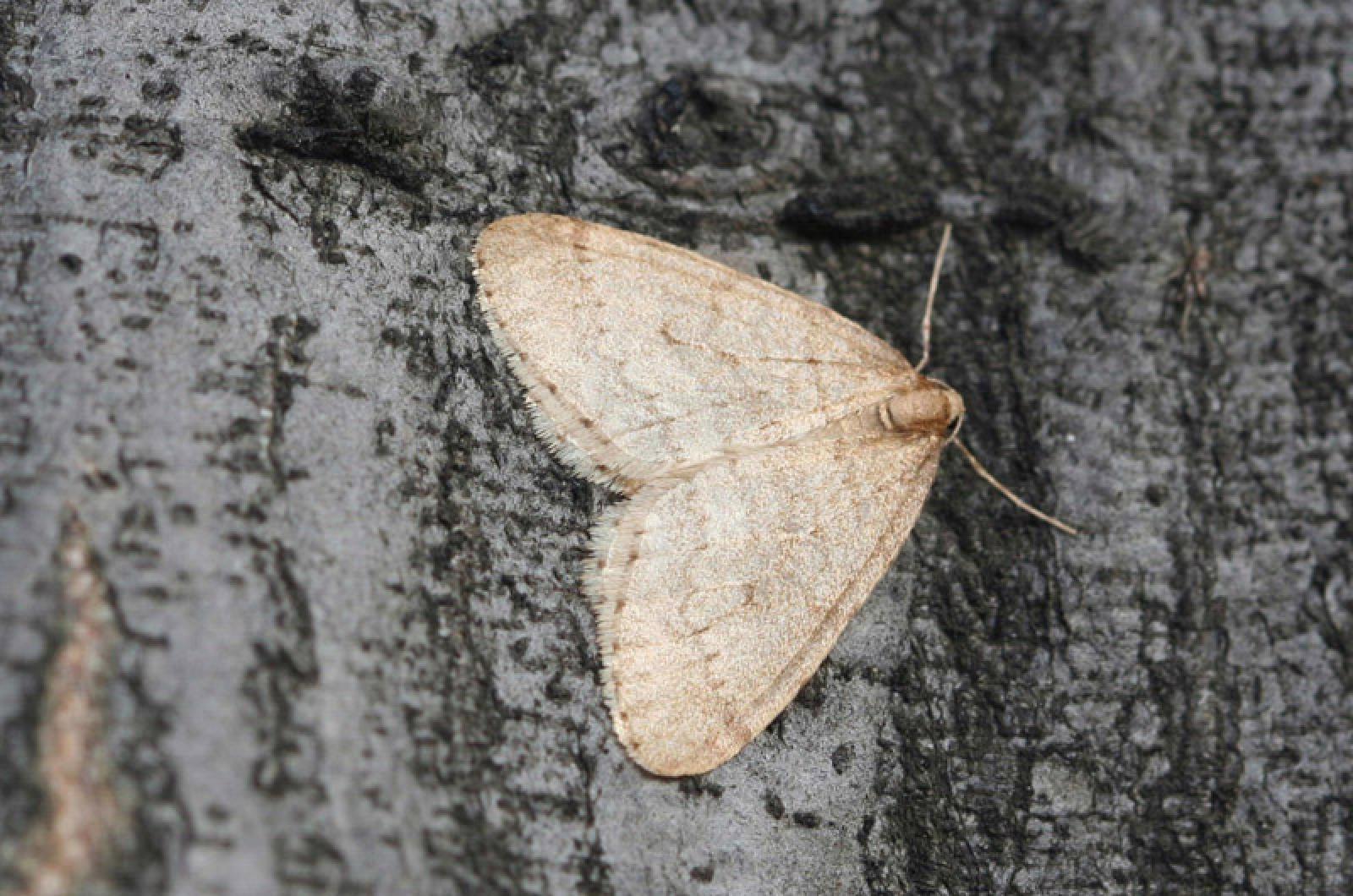You might not know what you are missing! This winter, we’ve had a lot of rain, snow, wild waves and wind, but there is something that has seemingly disappeared from our lives. No, not reliable ferry service — a particular monster is missing.
Winter moths are missing, having been noticeably scarce this season. Winter moths are those nonnative gray moths that we see flying in winter. Come spring, they usually invade our trees and disturb our lives with their creepy caterpillars and falling frass.
They haven’t been very obvious this year, and this is good news for our flora and for us, since this species is a major spring defoliator and pest that might preclude a spring walk in the woods.
Reports last week from scientists that study these pests suggest that the winter moth population has hit a record low. They note that the population of these moths in 2017 was the lowest recorded in the last 13 years.
Eggs deposited by winter moths usually hatch mid-March through mid-April, and generally coincide with the bloom of red maple trees and bud break of trees. While we are not out of the woods yet, so to speak — because spring seems a bit delayed this year — we will be watching for those hatchings in the next few weeks.
However, monitoring by UMASS Extension Service show a reduction of eggs laid this winter in their off-island study sites. Adult female moths each can lay up to 250 eggs, which show an interesting variety of color change through their development. They are green when they are first laid, then turn red/orange, then blue, and finally blue/black when they are ready to hatch. And though there were a lot of colored eggs last week, they weren’t those of the winter moth.
A few reasons have been proposed for the observed decline in winter moths. Natural predators, such as ground beetles and certain wasps, may be on the rise. Another possibility is that the human-managed release of a parasitic fly that targets winter moths is beginning to show results. Scientists released tachinid flies at 43 locations across Massachusetts, Rhode Island, and Connecticut (though not on Martha’s Vineyard, even though they did release them in Falmouth) and they are successfully breeding and consuming winter moth larvae.
Another reason for the scarcity of this species might be biotic factors, such as past warm springs causing early winter moth egg-hatchings followed by a cold snap that delays the opening of the buds. This effectively stops the caterpillars from feeding, because they can only feed on the buds once they open.
We have been living with winter moths for many years, since their discovery at the turn of this century but perhaps after the trials and tribulations of this past winter, our tide of bad news from nature is turning. And many of us could not be happier. As writer Hunter S. Thompson observed, “Good news is rare these days, and every glittering ounce of it should be cherished and hoarded and worshipped and fondled like a priceless diamond.”
Suzan Bellincampi is director of the Felix Neck Wildlife Sanctuary in Edgartown, and author of Martha’s Vineyard: A Field Guide to Island Nature.




Comments (1)
Comments
Comment policy »